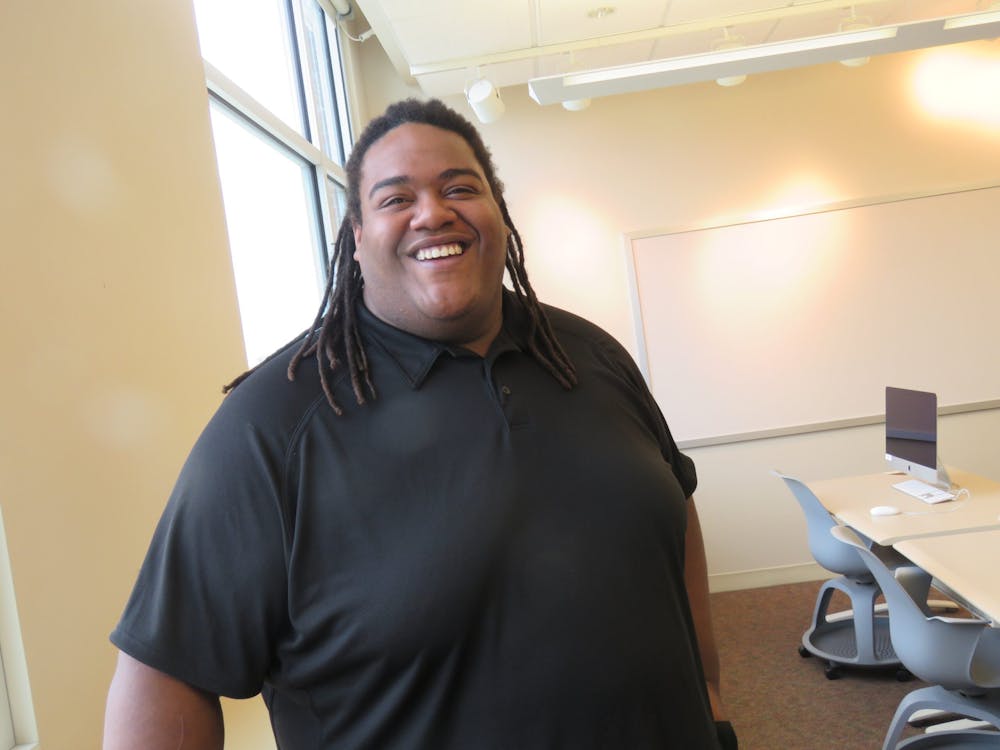Story by Zeke Hanson / Inform Muncie
Editor's Note: This story was originally published in December 2022
Substance use is relatively common among college students. Studies and surveys in the past have found that nearly half of the United States’ college students admit to abusing drugs or alcohol during binges at least once a month. This fact has led many universities across the country to provide services to support their students who face health emergencies from drug or alcohol use. Many schools offer additional services to those students seeking to recover from their addictions.
For example, Ohio State University offers Talbot Hall, a service for both students and the general public using an inpatient detoxification process that eases the struggles of withdrawal through medication and support. After the inpatient process, patients are then put through the outpatient program that sees them attending sessions multiple times a week with a counselor and peers who are dealing with the same problems.
While Ohio State’s drug programs are among the best, many other schools follow suit. One service common among larger universities is the distribution of Naloxone boxes. Naloxone boxes are a form of medication that help reverse overdose from an opioid by blocking its effects to the brain and restoring breathing. Indiana University and Purdue University are schools that distribute Naloxone and provide training on how to use the life-saving boxes.
Ball State University does not provide those services. Although some organizations within Muncie, Indiana and Delaware County distribute to the best of their ability, it’s important for Ball State to take charge on the issue due to the increasing prominence of fentanyl, a drug far more potent than many other opioids.
“We know that there are pill mills across Muncie that pump out party drugs that look like drugs that college students would typically engage in, like ecstasy or Adderall and things like that, but it’s just fentanyl,” said Dane Minnick, executive director of the Addictions Coalition of Delaware County and associate professor at Ball State, “so you’ve seen overdoses across the country with college students, and we don’t really have any preventative measures in place for that right now (at Ball State).”
Ball State currently has little clue as to how many of its students abuse substances. Nationwide surveys and tests may give a general idea, but there is no form of consistent surveys on the topic for Ball State’s campus to give a number specific to Ball State.
“If you have a Big Ten school, it makes a lot of money and has a lot of students with substance use issues,” said Lynn Witty, medical director at Ball State’s Healthy Lifestyle Center. “They need to invest money, you know. It’s much more obvious.
“I think the size of Ball State is one that kind of allows you to not notice much, but the students are there, they just don’t get together and talk about it, which we certainly need to do.”
Naloxone and Naloxone training are just a couple of services the university could provide. Other services include recovery groups and sober dorms. Witty acknowledges that within the past year, there has been positive change within Ball State regarding its substance use programs, but there is still a long way to go.




